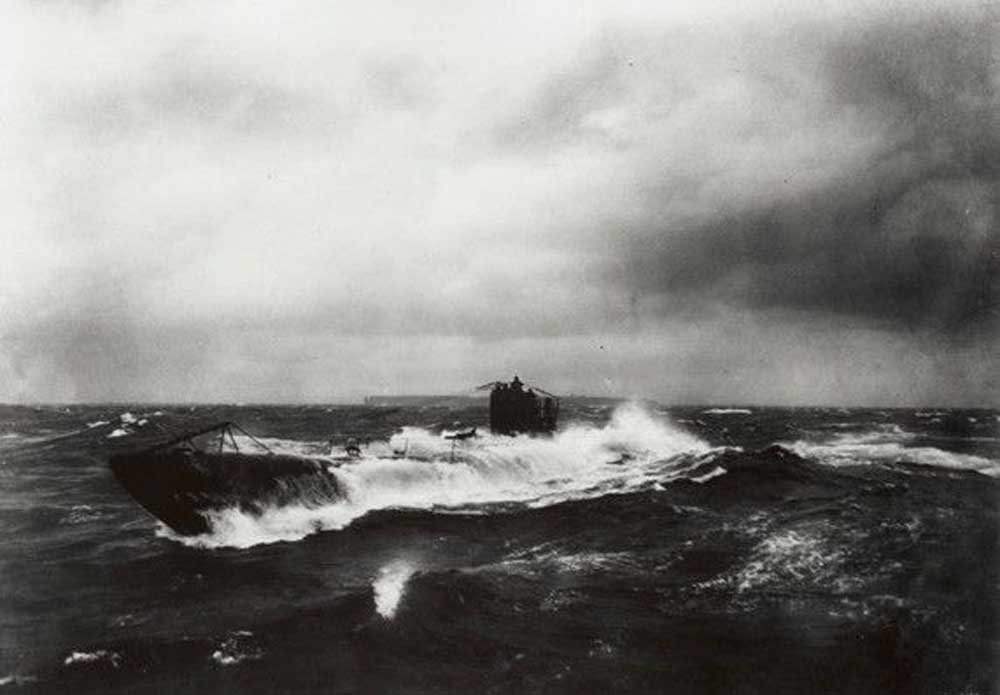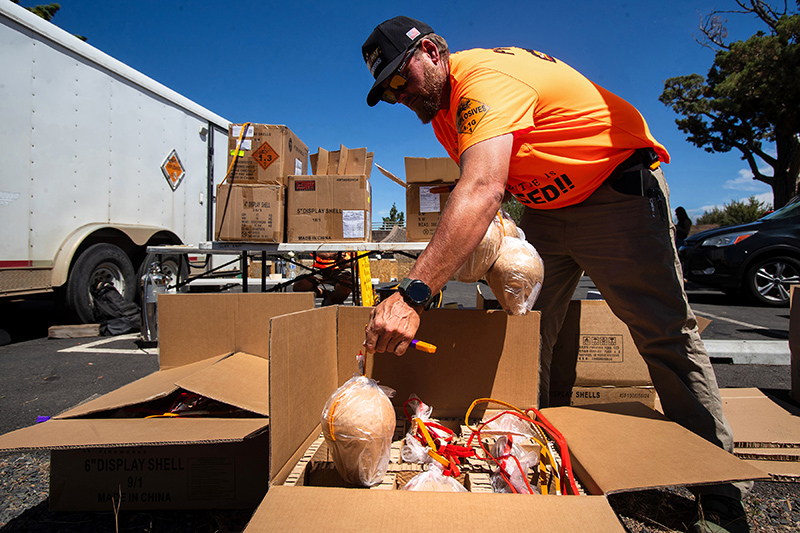Bend’s first WWI casualty, a century later
Published 12:00 am Tuesday, February 13, 2018
One hundred years ago Tuesday, residents opened the Bend Bulletin to find that World War I had come to their doorsteps. On the front page was the news that Percy Stevens was dead.
“The lad was one of the most prominent students in the high school,” The Bulletin reported on Feb. 13, 1918.
At Bend High School, Stevens was on the tennis team, secretary of the Emersonian Literature Society, member of the music society, plus a cartoonist for the school paper, The Pilot. He was elected treasurer of the class of 1917.
As Stevens prepared to graduate, the United States entered the war. After school, he worked briefly as a stenographer for the Shevlin-Hixon Lumber Co. But he enlisted in December 1917 and soon was on the other side of the country, according to accounts in The Bulletin.
Pvt. Stevens was assigned to Company D, 6th Battalion of the 20th Engineer Regiment. Mostly loggers, sawmill workers and forestry service recruits, they would cut and shape timber for Allied railroads, trenches, bridges and battlements.
Sent to Camp American, on the campus of American University in Washington, D.C., Stevens and his unit received final training, then boarded trains to Hoboken, New Jersey.
Stevens and his comrades boarded the SS Tuscania, a 14,000-ton converted Cunard-owned luxury liner. Launched in September 1914, the month after the war started, the ship made a regular run from New York to Glasgow. By 1918, it had already survived close calls with a German U-boat and a surface raider.
For this trip, the Tuscania took on 2,235 soldiers, including the three “aero squadrons”, parts of the 32nd Infantry Division, and Stevens’ engineer company.
On Jan. 24, the Tuscania crossed New York Harbor, steamed past the Statue of Liberty, and out to the Atlantic Ocean. It joined a convoy headed toward Liverpool, England, where troops would disembark.
In the early evening of Feb. 5, The ship was in its final hours of the voyage. By the middle of the next day, they would pull into Liverpool and the troops would head to their assignments.
But in the fading glow of light, the Tuscania was struck by a torpedo from the German UB-77 submarine, just of the coast of Ireland.
The Tuscania sank slowly, taking four hours to settle below the waves. Despite the dark, cold waters, more than 2,100 of the 2,397 troops and crew on board were able to get into lifeboats or were plucked out of the sea by British destroyers. The closeness of British ports made rescue and medical aid unusually rapid.
News trickled back to Oregon in drips and drabs, with The Bulletin first reporting the horror that a troop ship with likely dozens of Oregon soldiers had been sunk, then joyous relief that most had lived. A telegram from New York reported that Stevens was likely among those rescued. Then the final, tragic dispatch from the War Department on Feb. 13. By evening, The Bulletin was reporting that Percy Stevens had indeed died at sea.
Stevens’ body had washed ashore at the Isle of Islay, part of Scotland. Fishermen and villagers took his remains to Port Charlotte, a town created in 1828 to house workers at the nearby Lochindaal Distillery for Scotch whisky.
The town had no American flag to drape over the fallen as they were buried, so strips of red, white and blue fabric were sewn together to make one, according to the official historical chronicle of the war for the Isle of Islay. Stevens was buried in the village cemetery, along with 78 others from the ship. Later, his body would be moved to an American cemetery 36 miles southwest of London.
On news of Stevens’ death, flags were lowered to half-staff in Bend, and a memorial service was held at Bend High School, where thanks were also given that other Oregon boys on the ship had lived. He he would be among 224 Oregonians who would die in World War I, according to the Oregon Department of Military Affairs.
In 1919, the American Legion Post in Bend was named for Stevens. In 1930, his mother was among hundreds of “Gold Star Mothers” — women whose sons had died in the war — whom the U.S. government sent to Europe at no cost to see the graves of their sons.
When she returned home, she rarely spoke of the trip, according to “Crusade & Pilgrimage,” a 1986 book by Stevens’ descendant William Stevens Prince.
A century has passed, but Stevens remains 5,000 miles from home, forever “over there.” He is buried in Plot A, Row 4, Grave 14, at the Brookwood American Cemetery.
— Reporter: 541-525-5280, gwarner@bendbulletin.com









